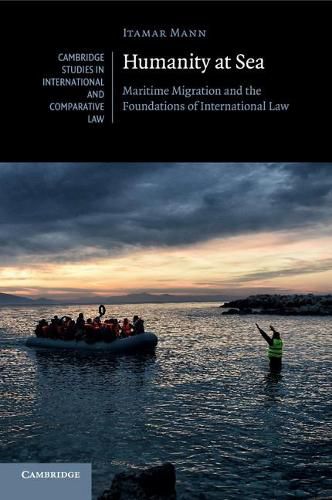Readings Newsletter
Become a Readings Member to make your shopping experience even easier.
Sign in or sign up for free!
You’re not far away from qualifying for FREE standard shipping within Australia
You’ve qualified for FREE standard shipping within Australia
The cart is loading…






This interdisciplinary study engages law, history, and political theory in a first attempt to crystallize the lessons the global ‘refugee crisis’ can teach us about the nature of international law. It connects the dots between the actions of Jewish migrants to Palestine after WWII, Vietnamese ‘boatpeople’, Haitian refugees seeking to reach Florida, Middle Eastern migrants and refugees bound to Australia, and Syrian refugees currently crossing the Mediterranean, and then legal responses by states and international organizations to these movements. Through its account of maritime migration, the book proposes a theory of human rights modelled around an encounter between individuals in which one of the parties is at great risk. It weaves together primary sources, insights from the work of twentieth-century thinkers such as Hannah Arendt and Emmanuel Levinas, and other legal materials to form a rich account of an issue of increasing global concern.
$9.00 standard shipping within Australia
FREE standard shipping within Australia for orders over $100.00
Express & International shipping calculated at checkout
This interdisciplinary study engages law, history, and political theory in a first attempt to crystallize the lessons the global ‘refugee crisis’ can teach us about the nature of international law. It connects the dots between the actions of Jewish migrants to Palestine after WWII, Vietnamese ‘boatpeople’, Haitian refugees seeking to reach Florida, Middle Eastern migrants and refugees bound to Australia, and Syrian refugees currently crossing the Mediterranean, and then legal responses by states and international organizations to these movements. Through its account of maritime migration, the book proposes a theory of human rights modelled around an encounter between individuals in which one of the parties is at great risk. It weaves together primary sources, insights from the work of twentieth-century thinkers such as Hannah Arendt and Emmanuel Levinas, and other legal materials to form a rich account of an issue of increasing global concern.